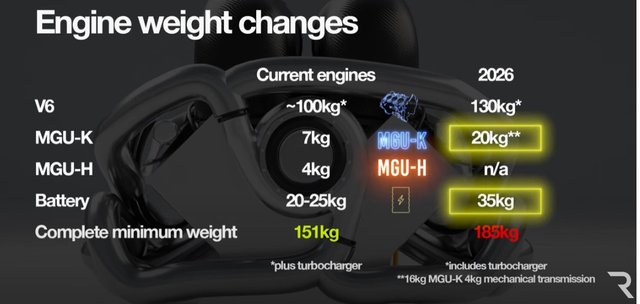-Braking performance is basically never the same in reality. Even if the braking tech/regen rules were all identical, you know that aero (and aero differences between cars) directly and greatly affects braking distance, as does the influence of other cars' aero wake. Even more important, tire compound and tire wear directly and greatly affects braking performance and distance. This is all to say that NO, braking performance is hugely variable, even if, specs of the braking system are identical.
-Drivers never have the same ability, although you could argue they're similarly talented. They also have different driving styles, which directly influence racing line and braking application.
-Braking distance increase helps overtaking pretty much 100% of the time, as overtaking takes place pretty much 99% of the time either in DRS zones or braking zones, and infrequently in the middle of a full/partial throttle corner. It also means that there is more room for error as instead of having to brake for 1 second at the 50m board, they might need to brake for 2 seconds at the 150m board (just example numbers).
It's well established that less traction/grip and longer braking distances helps the overtaking and the overall show. MotoGP is probably the best, albeit most extreme, example of this. It's a pipe dream for F1 fans though.

